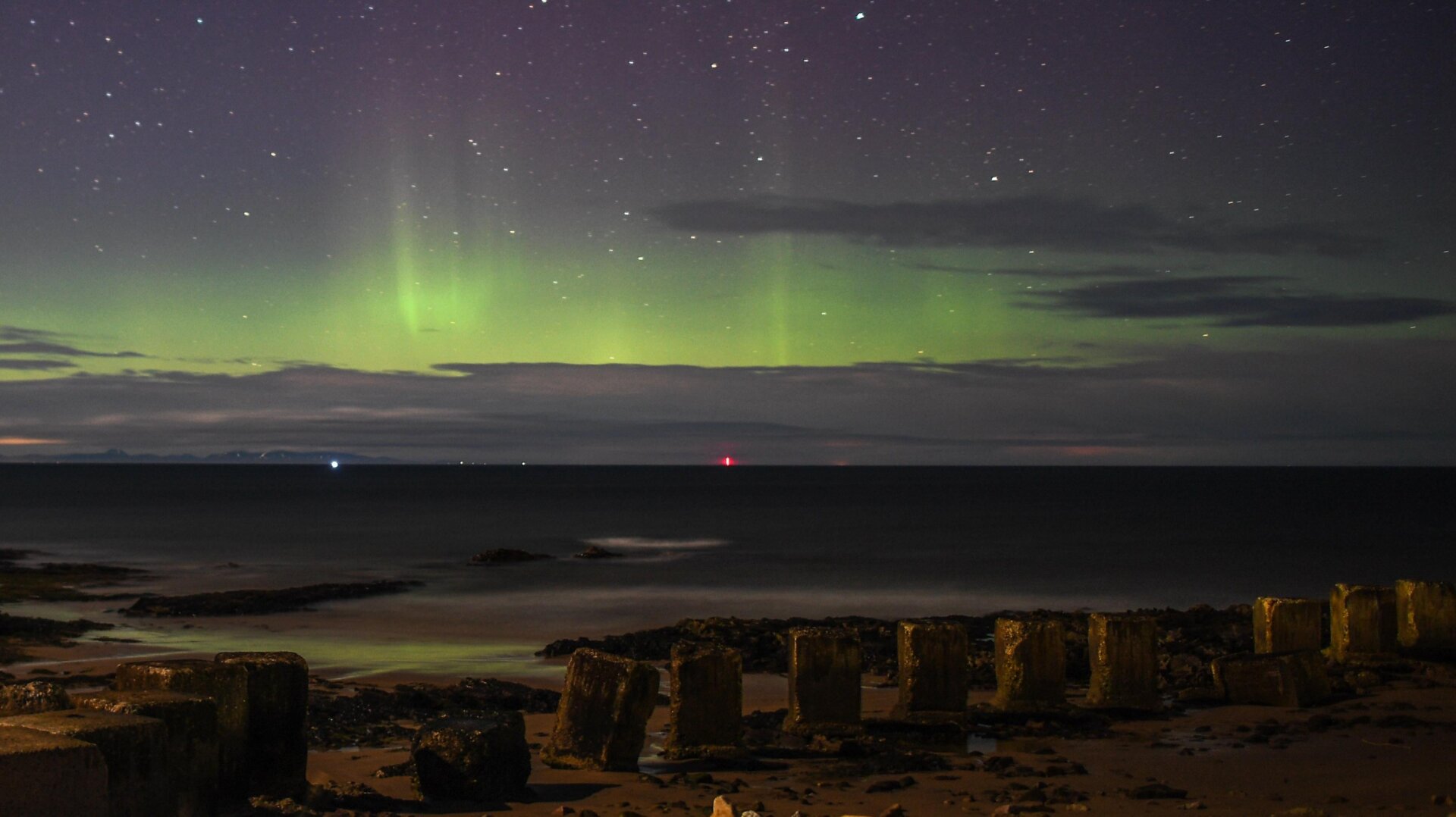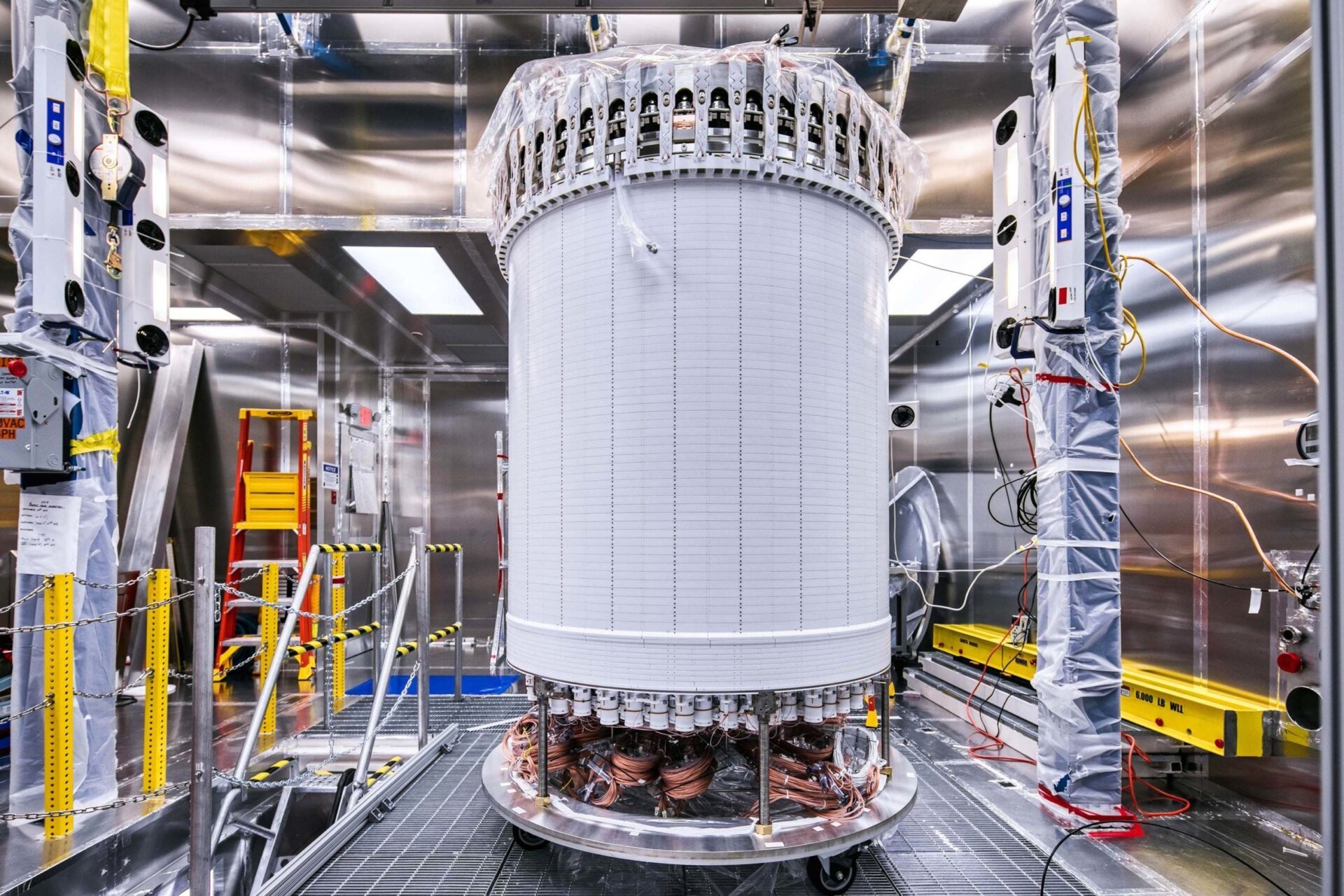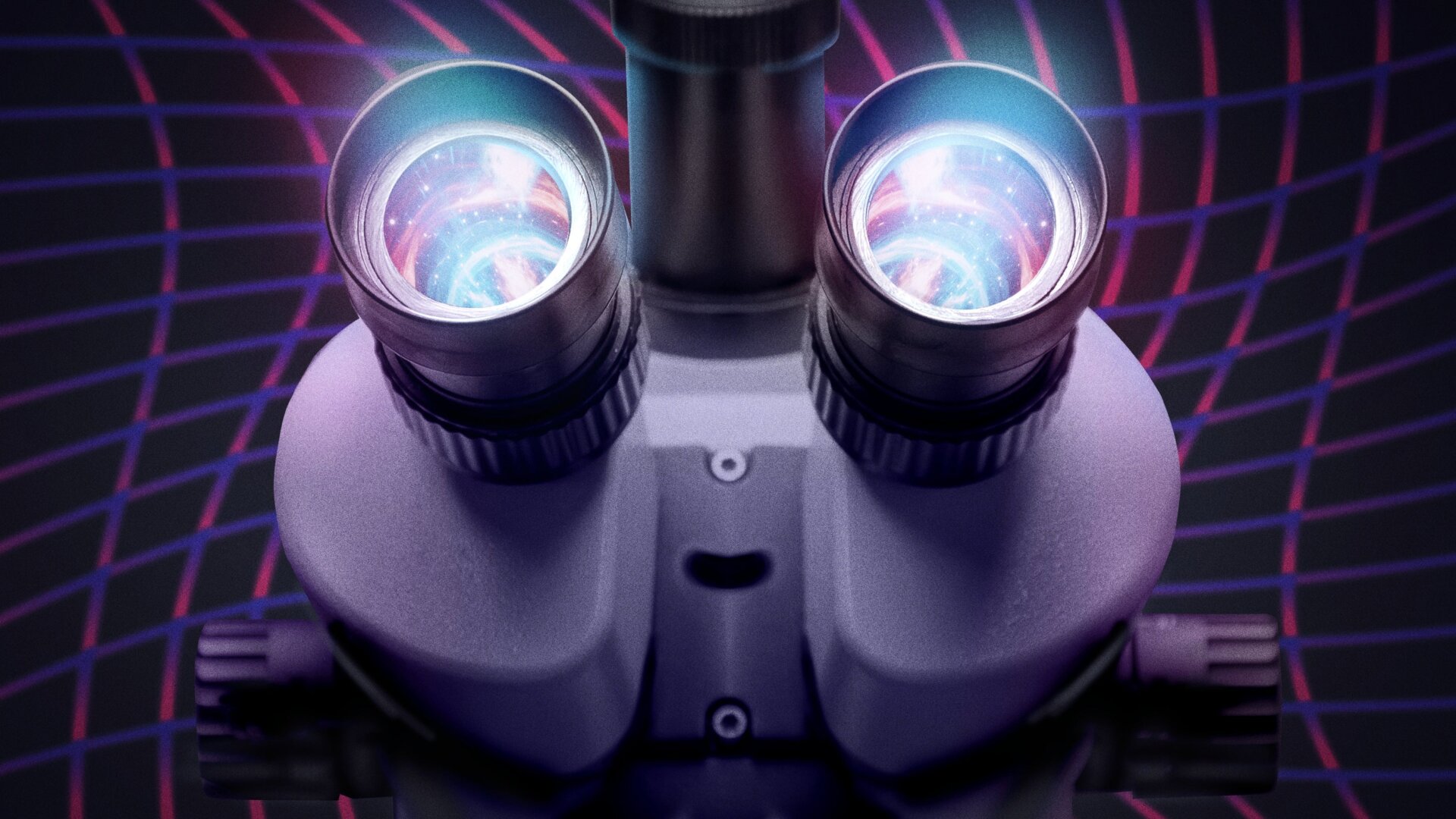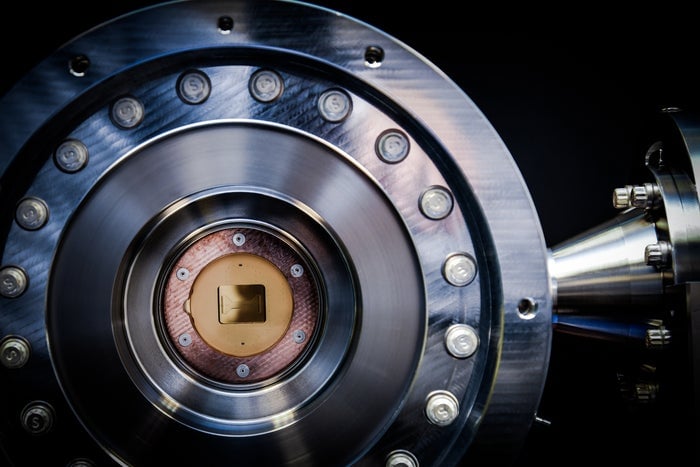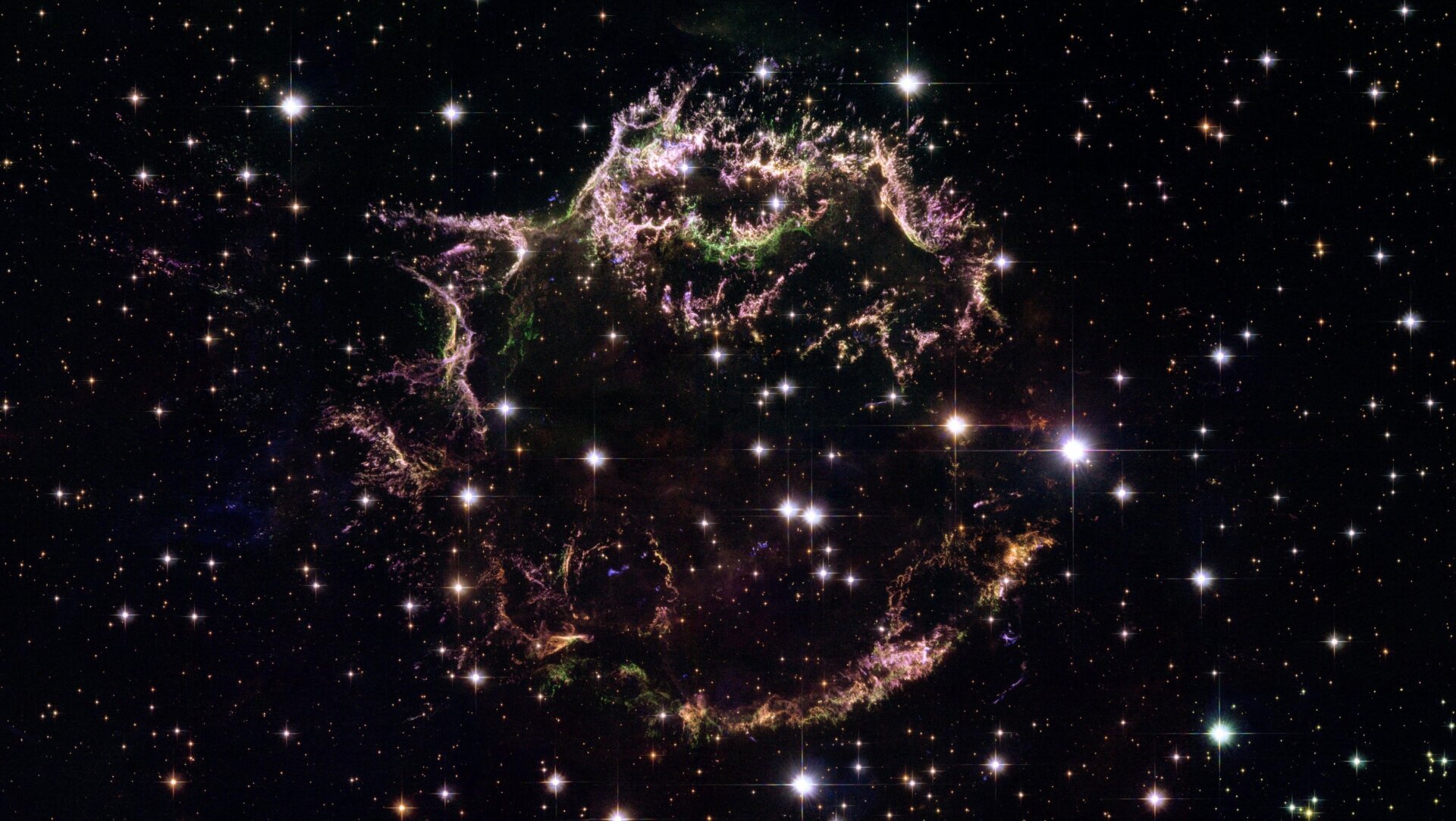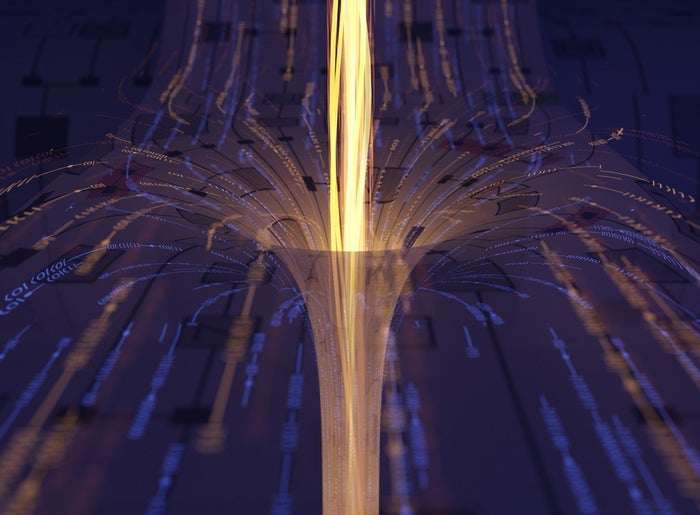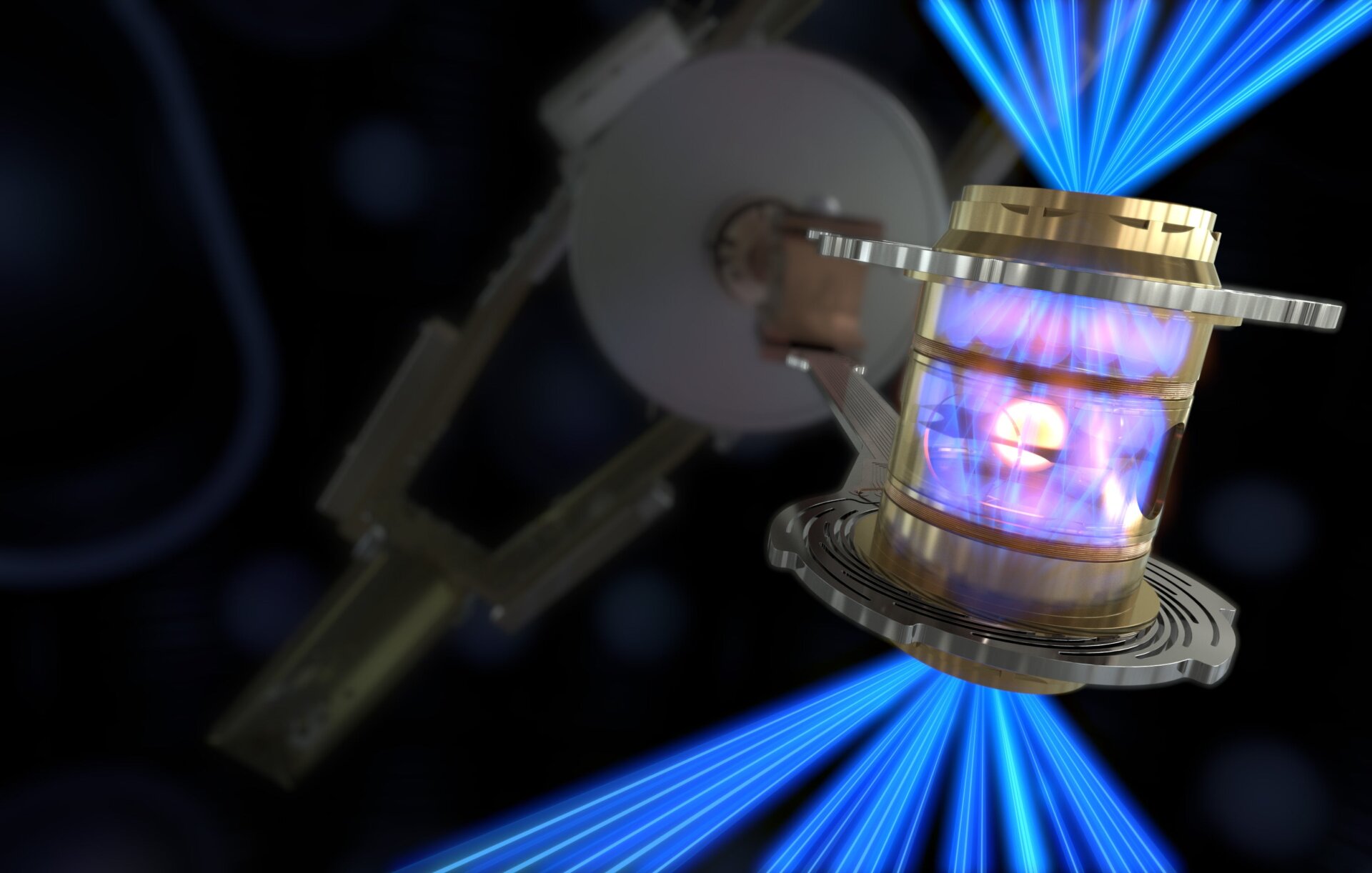The mesmerizing dance of the Aurora Borealis, or Northern Lights, has captivated skywatchers for centuries. Recently, a powerful geomagnetic storm sparked by a “cannibal” coronal mass ejection (CME) increased the chances of witnessing this breathtaking phenomenon across wider regions than usual. This article explores the science behind these captivating displays and provides tips for maximizing your chances of seeing them.
What Causes the Aurora Borealis?
The Aurora Borealis originates from the sun. During a solar storm, the sun releases a surge of plasma, a superheated gas containing charged particles, known as a CME. This CME travels through space and interacts with Earth’s magnetic field. The magnetic field lines guide the charged particles towards the poles, where they collide with atoms and molecules in the Earth’s upper atmosphere. These collisions energize the atmospheric particles, causing them to release light, creating the vibrant colors of the aurora.
The intensity and visibility of the aurora depend on the strength of the solar storm. The National Oceanic and Atmospheric Administration (NOAA) classifies geomagnetic storms on a scale from G1 to G5, with G5 being the most severe. The recent “cannibal” CME, formed when a faster CME overtook and merged with a slower one, resulted in a G3-level storm, enhancing the aurora’s visibility.
Where and When to See the Northern Lights
Typically, the aurora is most visible in high-latitude regions near the poles. However, stronger geomagnetic storms can push the aurora further south, making it visible in lower latitudes.
NOAA provides real-time forecasts and updates on geomagnetic activity and aurora visibility through their website. During the recent G3 storm, the aurora was observed as far south as Illinois and Pennsylvania. Checking these forecasts is crucial for planning aurora viewing opportunities.
To maximize your chances of seeing the aurora, find a location with minimal light pollution, ideally at a higher elevation. Clear skies are essential, so check the weather forecast before heading out. Be prepared to look in all directions, as the aurora can appear anywhere in the sky.
The Science Behind the Light Show
The vibrant colors of the aurora are a result of the interaction between the charged particles from the sun and the gases in Earth’s atmosphere. Oxygen molecules primarily emit green and red light, while nitrogen molecules produce blue and violet hues. The altitude at which these collisions occur influences the colors observed.
The Impact of Geomagnetic Storms
While the aurora is a beautiful spectacle, geomagnetic storms can also have significant impacts on our technological infrastructure. The electrical fields generated during these storms can disrupt or even damage power grids, satellites, and communication systems. The Carrington Event of 1859, the most powerful geomagnetic storm on record, demonstrated the potential for widespread disruption. Although most geomagnetic storms are harmless, understanding and preparing for potential impacts is crucial.
Conclusion
Witnessing the Aurora Borealis is a truly unforgettable experience. By understanding the science behind this phenomenon and utilizing resources like NOAA’s forecasts, you can increase your chances of catching a glimpse of this celestial wonder. While the beauty of the aurora is undeniable, remembering the potential impact of geomagnetic storms on our technology underscores the importance of continued research and preparedness.



